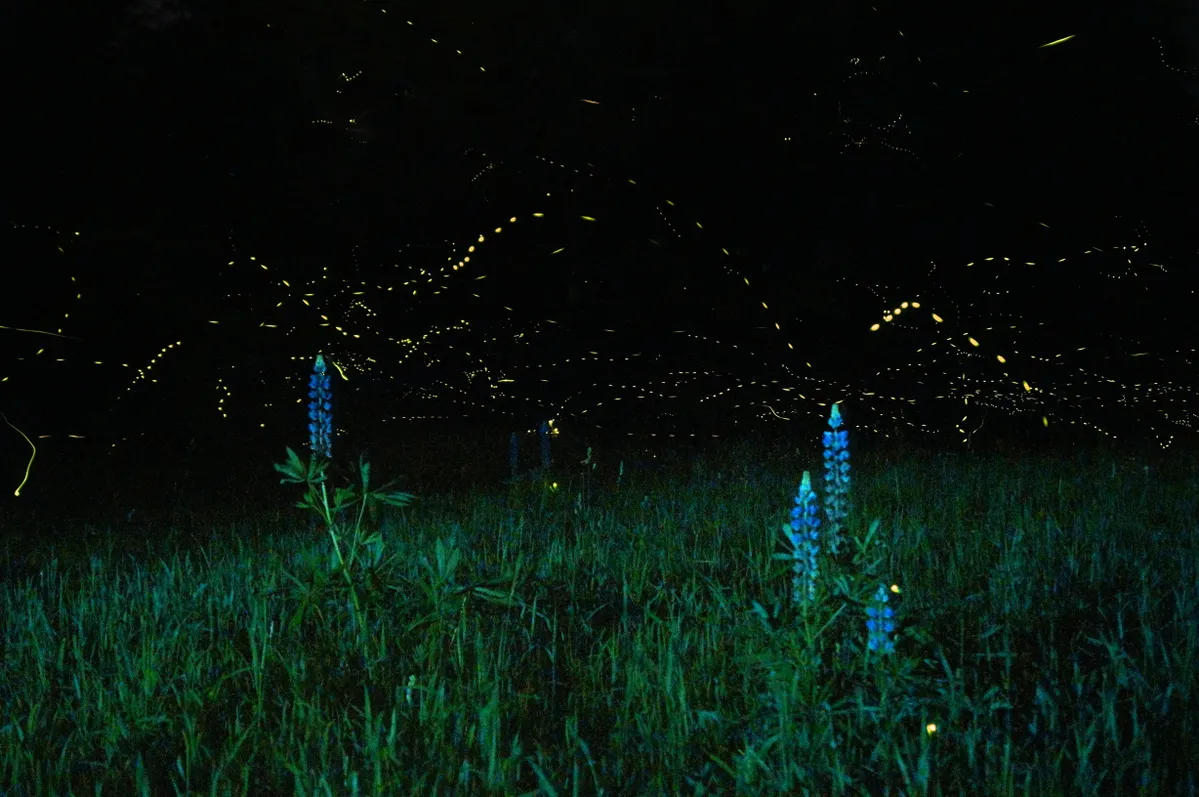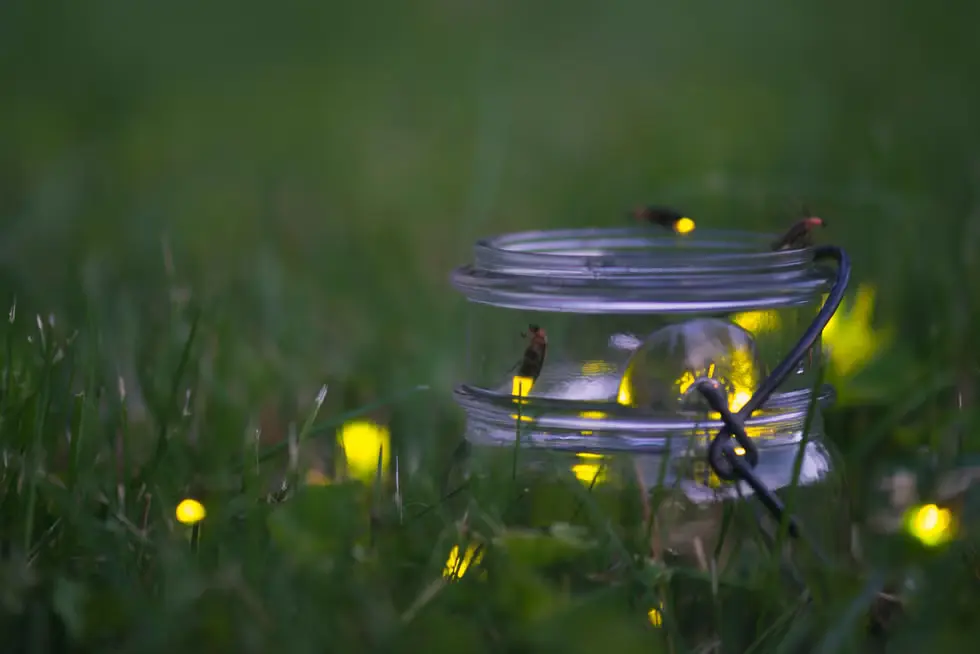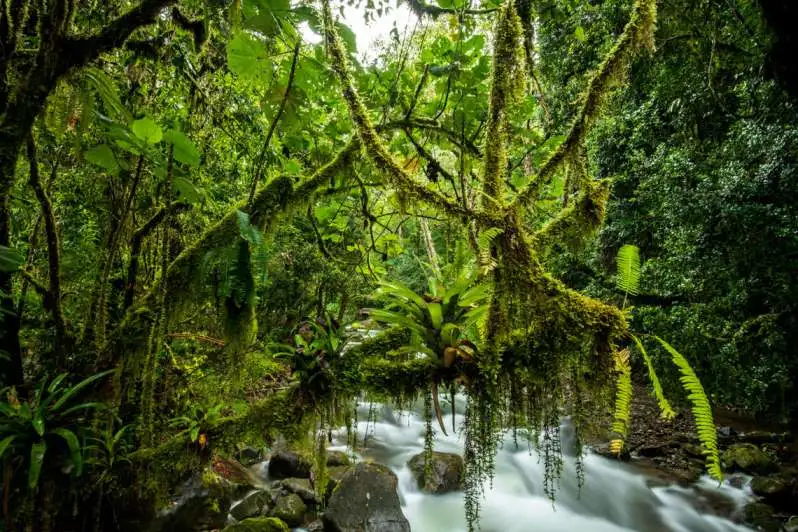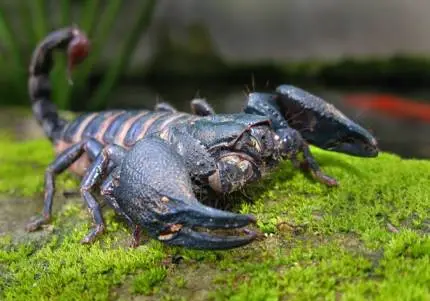It's like capturing a star when you catch a firefly. The cool summer evening air, distant insect and frog sounds, and the enchanted glow of a firefly tenderly cupped between a child's hands are all staple memories for many American kids. Every state in the continental United States is home to these amazing insects, and some areas are home to over 50 kinds! However, the firefly are declining sharply, just like many other insects.
One out of every three firefly species is thought to be in danger of going extinct. And a major factor in this is the very yards that Americans wish to see swarming with firefly. The loss of fireflies is largely caused by yard insecticides and the absence of habitat that lawns offer these insects. Fortunately, this implies that maintaining your garden or yard can also play a significant role in helping to preserve these cherished insects. Discover how to become a firefly champion this summer by transforming your garden into a firefly-friendly environment!
1. Create Habitat by Planting Native and Reducing Lawn

Fireflies have very limited, if any, habitat in turf grass. For nectar and pollen, many firefly species require moist soil, lots of landing spots in the plants, and even some blossoms. Turf grass finds it difficult to supply these habitat components. Compared to native plants with deep roots, its thin roots contribute little to the preservation of soil moisture. Turf grass, on the other hand, is too short to give fireflies enough room to land and use their flickering patterns to communicate with a potential mate. In their adult stages, certain firefly species even consume pollen and nectar. They also require summer blooms that are rich in nectar, which grass can not supply.
A great method to provide the foundation of a healthy habitat for firefly and hundreds of other wildlife species, such as butterflies, bees, and songbirds, is to replace lawn areas with native plant beds that provide a variety of species.
2. Leave the Leaves and Logs
Ever get a glimpse of a baby firefly? The initial appearance of fireflies differs slightly from their adult forms, as is the case with many insects. During their larval stage, these fireflies are referred to as "glowworms." Many firefly species spend their days in the wet layer of logs and leaves on the ground when they are larvae. The glowworms will either lose their habitat or be taken away as yard rubbish if all of the leaves are raked and disposed of in yard waste bags. Numerous fireflies will never reach adulthood if they don't have a healthy coating of leaves.
Use your fallen leaves as a natural mulch in garden beds rather than removing them. This will give glowworms and many other animals, such as salamanders and caterpillars, a place to live.
3. Add in a Water Source
Wetter environments are ideal for fireflies. They even have gills in some of their larval phases! You may attract a variety of firefly species to your landscape by including a water supply, such as a small pond. Did you know that many fireflies are carnivores as larvae? The water source will make the soil moister and encourage other insects that will feed the fireflies.
You may easily add a mosquito dip to the water supply if you're worried about mosquitoes. This won't hurt the firefly or other helpful wildlife that comes by! In order to attract mosquito-eating predators to your yard, you can also construct a bat home. Because fireflies contain harmful substances, bats usually avoid eating them.
Read Also: Essential Facts About Wildlife Conservation
4. Avoid Pesticides

It will all be for nothing if fireflies are killed by lawn herbicides, even if they have everything they need to live in your garden. Many Americans apply herbicides to their gardens and lawns that affect far more species than they are designed to. Furthermore, they frequently wash into nearby rivers, where they continue to cause havoc! To support firefly and numerous other animal species, avoid using lawn pesticides.
5. Reduce Light Pollution
Many of the fortunate fireflies who survive to adulthood will still face challenges caused by humans. Fireflies will use distinct patterns of light-blinking to communicate with a partner of their own species. Fireflies may find this procedure challenging when exposed to artificial light sources, such as house and landscape lights. To lessen the influence of your outside lights, consider turning them off or using a motion-detector. This simple move will also benefit other creatures, such as moths and even several bird species!
Become a Champion Firefly
You can make a big difference by transforming your garden or yard into a firefly-friendly habitat. However, your garden is a part of a bigger ecosystem that also includes the yards of all of your neighbors! Post a sign announcing your efforts to support wildlife, get your garden certified, and share your knowledge about how to help these cherished insects!







